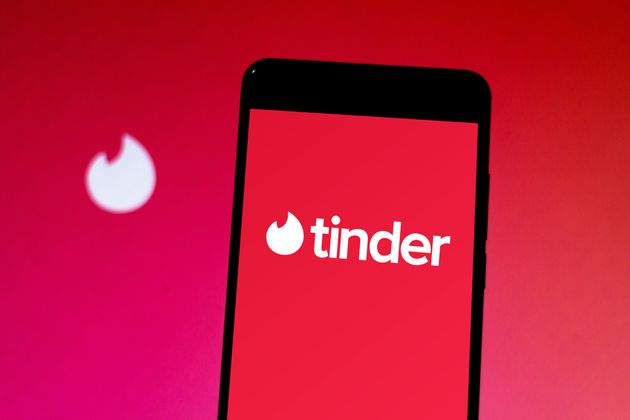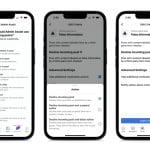Tinder announced yesterday that its users in the United States can now run background checks in-app to screen their matches for possible violent or harmful past behavior.
The checks will be made through the nonprofit Garbo. It is an online background check platform and Match Group invested in the platform for an undisclosed sum last March.
Starting this week, Tinder users in the US can tap on the blue shield from anywhere in the app, navigate to the Safety Center from there, then the tools section where they’ll see a Garbo article. Next, they will tap on the Garbo article where they’ll be given directions to Garbo’s website. In the website, users will fill in basic information – first name and phone number – about their match.
If Garbo can’t locate a unique match, the search will not return any results and they’ll prompt you for more information, including their age. Once Garbo has surfaced a result, users can choose what to do with that information. Members are encouraged to report a match to Tinder if they are found to have a history of violence.
“For far too long women and traditionally marginalized groups have faced many barriers to resources and safety,” said Tracey Breeden, Head of Safety and Social Advocacy at Match Group. “Garbo’s thoughtful and innovative consumer background checks will drive the industry forward while empowering people with critical information to help inform personal safety choices.”
Match Group also announced that it is partnering with the National Domestic Violence Hotline to give users the ability to live chat with highly-trained advocates. The feature is designed for users who are “seeking more information about healthy relationships and relationship abuse.”
“We know that the biggest indicator of future abuse or violence is a history of these types of behaviors. Whether it’s online dating or the dozens of other ways we meet strangers in today’s digital age, we should know if we’re potentially putting our safety at risk,” said Garbo founder Kathryn Kosmides. “We want to protect those most vulnerable to experiencing harm both online and offline and this is just the first step in delivering on our mission to help proactively prevent harm in the digital age.”






Comments
Loading…